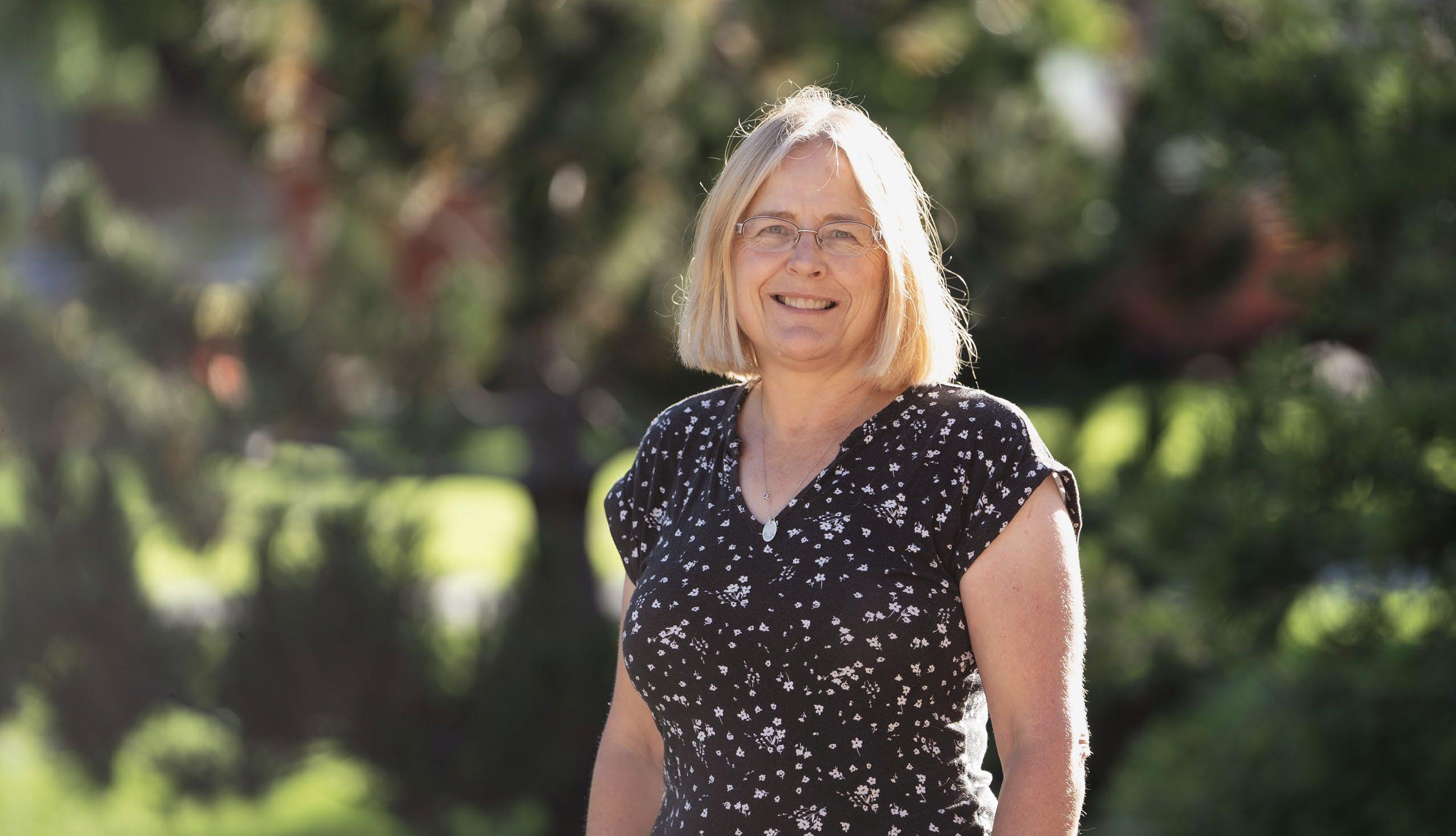
1 minute read
DR. ALLISON WILLOUGHBY
Although veterinary medicine is about treating animals, it’s still a profession that requires people skills. At Utah State University’s College of Veterinary Medicine, Allison Willoughby teaches the next generation of veterinarians how to navigate the human side of their field while treating clients with empathy and compassion. She’s an experienced veterinarian who has treated patients throughout the country, and she still finds time to do agility training and pet therapy with dogs.
What led you to becoming a veterinarian and joining Utah State University?
Dr. Willoughby: I come from a family of animal lovers, so I was never lacking in animal companionship. I was lucky enough to have cats, dogs, and even a horse. I have always admired and respected veterinarians; the amount of information they need to know to be able to function each day is astounding, and several veterinarians were supportive and showed me a lot of kindness. This made me want to be part of the profession.
After graduating from Oregon State University, my husband and I moved around the country. I practiced veterinary medicine in Kentucky, Colorado, Idaho, and Washington. Many of the places I worked were rural mixed practices. In 2006, while practicing in Idaho, I got recruited to be a communication coach for the newly formed clinical communication program at Washington State Uni- versity, where I worked for several years before Utah State University got funding for the current veterinary program. That is when I came to Logan with my husband, Dirk Vanderwall, to help with the new program.
You now teach the college’s clinical communication skills course. What challenges do students face in that class?
Dr. Willoughby: Students practice interacting with simulated clients in different scenarios. They can repeat parts of the interview using “rewinds” to try different approaches, and then they receive feedback from their peers, a coach, and client. It can be intimidating to interview a client while being watched behind oneway glass and then watch themselves on video.
The skills they learn at USU and next year at Washington State University will allow them to be more accurate, efficient, and supportive when communicating. This translates to improved outcomes and increased satisfaction for both veterinarians and clients.
This class was not available when I was in school. Like a lot of people, I didn’t realize communication skills could even be taught. I like how the skills-based approach respects students’ individuality and gives students the power to come up with specific goals and take control of their learning. I am grateful for the training and enjoy sharing it with others.










